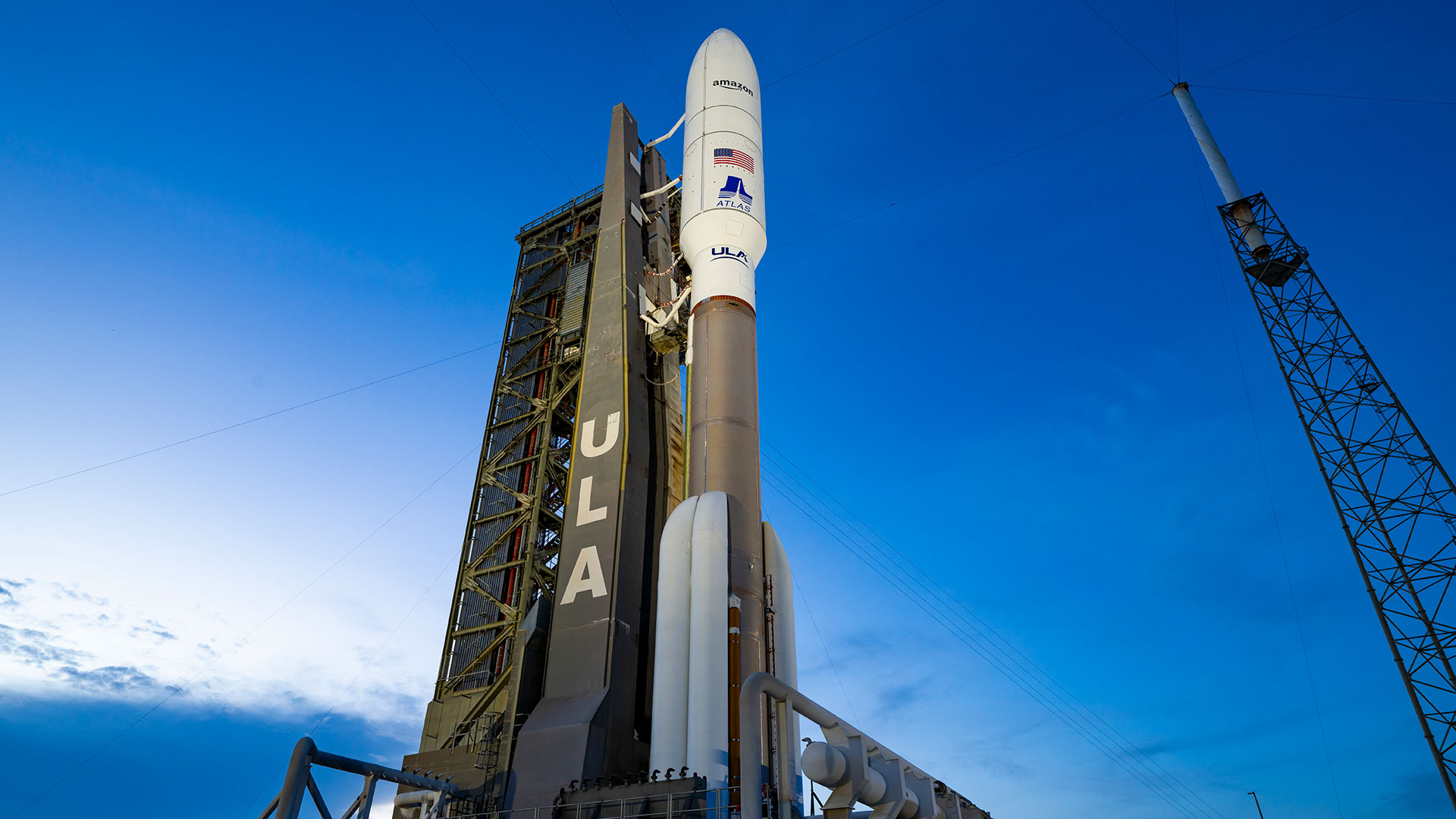
Reading, Writing & Eclipse-Watching: How We Got Our Students Excited About Aug. 21 (Op-Ed)
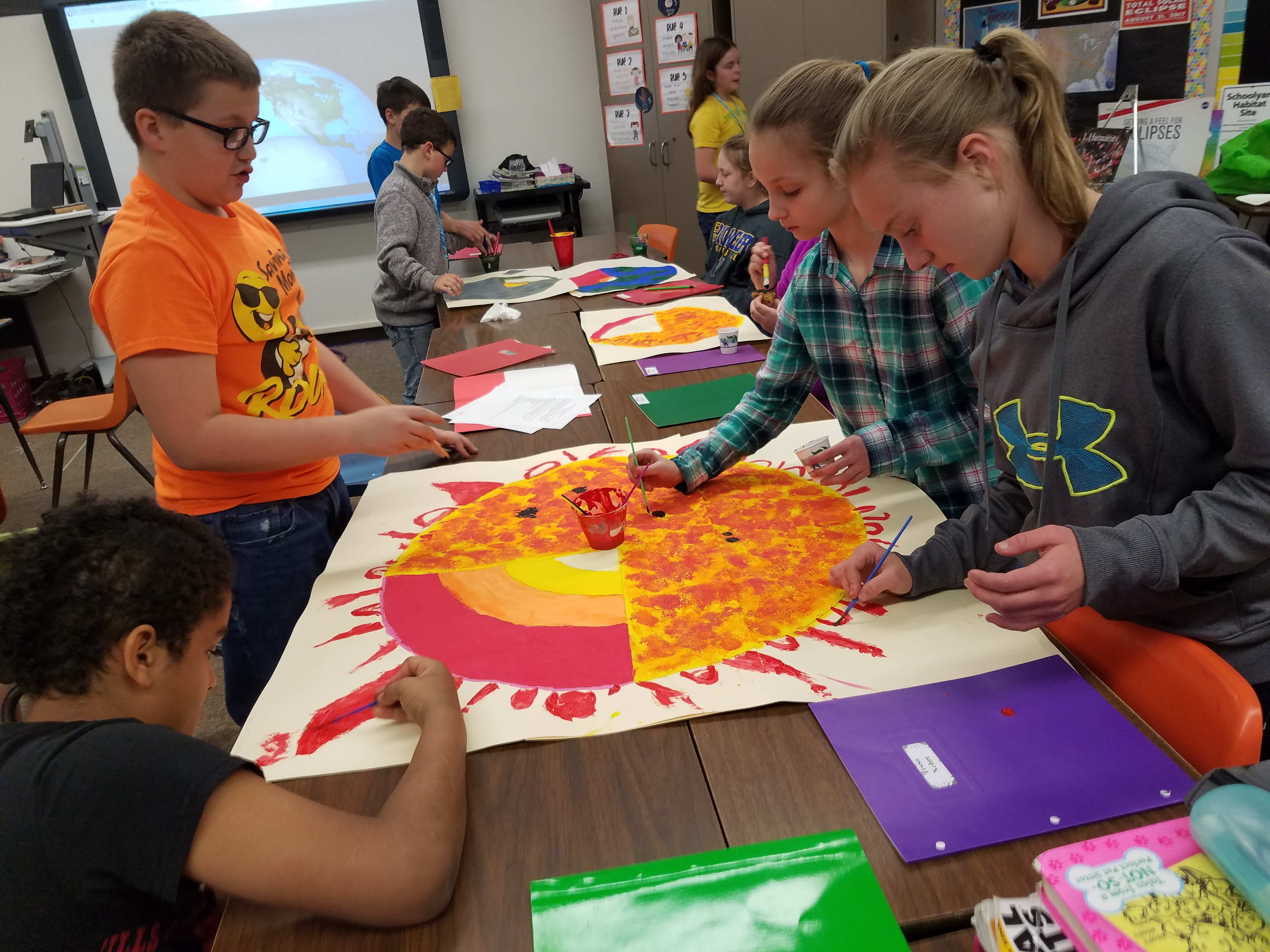
This Expert Voices column was written by Julie Wittenborn-Sikorski, Cindy Hepp and Meteicha Green, who are all public school teachers and members of the Southern Illinois University Carbondale (SIUC) 2017 Total Eclipse Education and Outreach Committee. On Aug. 21, 2017, a total solar eclipse will cross the U.S. from Oregon to South Carolina; Carbondale, Illinois, lies close to the point of greatest duration of the eclipse, and SIUC will host a major eclipse festival.
As educators, when we heard about the total solar eclipse that will cross the continental U.S. on Aug. 21, we realized that we were in the privileged position to help our students learn about and experience a phenomenon that rarely occurs in our backyard!
A total solar eclipse last crossed the entire continental United States in 1918. Because the 2017 eclipse will pass right over Southern Illinois on its journey across the country, those of us who live here are in one of THE best places to be on Aug. 21, 2017. We learned that others would travel hundreds, even thousands of miles to witness this spectacular event. [6 of the Best Places to See the Total Solar Eclipse of 2017]
We decided to help our students become eclipse experts so they would be able to educate their families and their communities about what to expect and how to prepare. We created a six-strategy plan to implement between Aug. 22, 2016, and Aug. 21, 2017. If you are an educator who hasn't yet taught eclipse-related concepts to your students, it's not too late. The eclipse is still four weeks away, and you can use the eclipse as the introduction to your lessons rather than the grand finale.
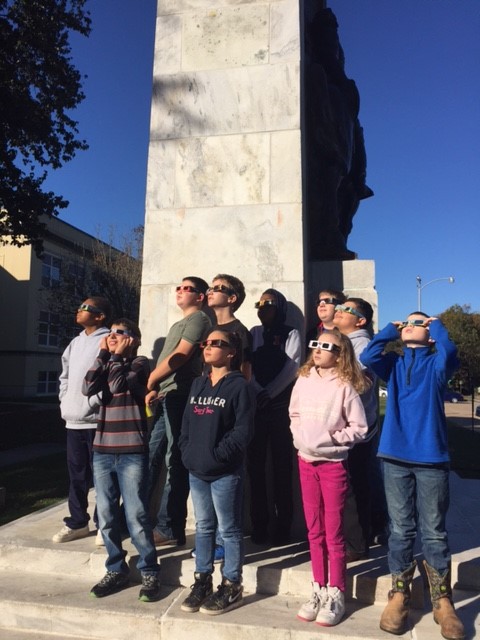
Strategy No. 1: Start early and revisit the topic often.
A suggestion that helped shape our curriculum plans came during the annual Science in the South (Teachers) Conference at SIUC. Pamela Gay of the Astronomical Society of the Pacific pointed out that we should take advantage of the entire 2016-2017 school year to educate and prepare our students for the event. We decided to set a goal to incorporate lessons about the eclipse and related topics on or around the 21st of each month leading up to the big event — a kind of countdown.
By teaching some aspect of the eclipse phenomenon each month, we would keep students engaged and excited. We felt that this was the best way to kindle their enthusiasm as well as reinforce and build on previously learned concepts, as opposed to simply teaching a single unit or lesson on it, then setting the topic aside until the week before the eclipse.
But in order to revisit the topic each month, educators would have to get creative about how to get kids engaged in different aspects of eclipse science.
Get the Space.com Newsletter
Breaking space news, the latest updates on rocket launches, skywatching events and more!
Two local schools —Trico Elementary School and Murphysboro Middle School — that both fall inside the path of totality, kicked off the 2016 school year with help from NASA's Lunar and Meteorite Sample Disc Program, which lends out samples of meteorites and real lunar rocks (protected inside clear plastic discs). One of our teachers had received training at Johnson Space Center in Houston and was certified to borrow the priceless discs and share them with our students.
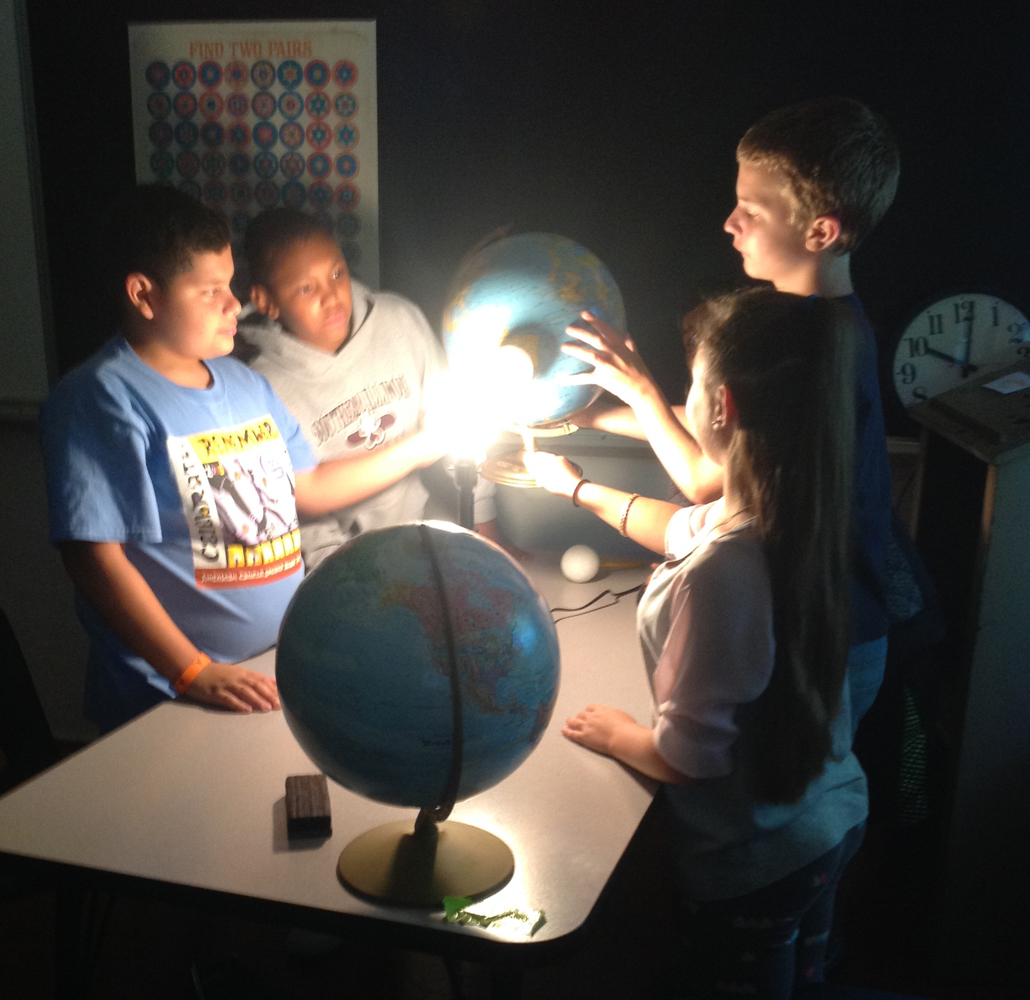
The students were fascinated with the idea that they were holding rocks from the moon. This experience piqued their interest in all things NASA and space. As they began to learn about the history of the Apollo missions, they were fascinated with the launches, splashdowns (which many had never heard of) and crew members. Thus, a cross-curricular teachable moment presented itself, and we incorporated the history of the space missions and sample collection and curation into the eclipse lessons and encouraged students to conduct additional research as well.
A primary focus for each of us was to help students understand, develop and internalize a working model of the Earth-sun-moon relationship, including how these three bodies move relative to one another and influence each other. Fully understanding the relationship requires hands-on activities, repetition and student engagement. We incorporated many activities into our eclipse lesson plans, including:
- Plot out the Thousand-Yard Model of the solar system.
- Create models of the moon eclipsing the sun.
- Make observations then collect and analyze data of changing shadow lengths that arise as the result of the motion of the Earth.
- Create detailed physical models of the Earth, the sun and the moon with comparisons of their structures and effects on one another.
- Chart the changing appearance of the moon in the sky over multiple nights and re-create the phases with illustrations and Oreo cookies.
- Model eclipses with objects of various sizes and distances to understand how eclipses occur. Each of these activities helped students internalize the concepts of patterns in nature, systems and system models, and the Earth-sun-moon model.
We purposefully incorporated different disciplines — such as art and geography, in addition to science — into our eclipse activities, thus accommodating the diverse strengths and interests of our various students.
For example, some students created beautiful eclipse art based on what they anticipated seeing next August. After viewing many photographs and videos of total solar eclipses, and listening to eclipse experts describe the experience of seeing one live, students selected the eclipse phase they thought would be most fascinating. Many of the participating schools filled the hallways with galleries of eclipse art showing the totality phase (with amazing coronas), diamond ring phases and the partial eclipse phases in which the moon seems to be eating away at the sun.
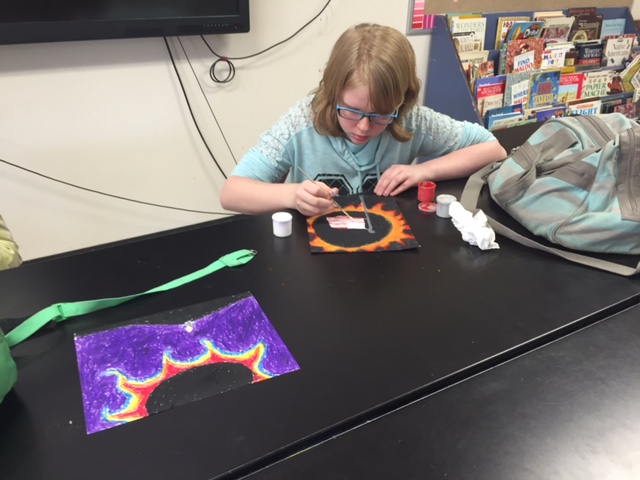
Middle school and high school art instructors in Murphysboro District 186 and Trico District 176 embraced this idea and incorporated solar eclipse art into their student art fairs and competitions. Murphysboro Middle School Art Club students entered an eclipse-focused art competition sponsored by the American Association of University Women at SIUC. Art students in Trico High School and Murphysboro Elementary held an eclipse logo contest, incorporating a glow-in-the-dark element, and the winning design was printed on the school’s official eclipse T-shirt.
Another multidisciplinary activity, "Who Will See Totality?" combined science, math, writing and geography skills as students recruited people living inside the path of totality to participate in an eclipse-glasses trade. Trico fifth grade students emailed a large number of people who are located within the path of totality. The students requested that the recipient of the email mail a pair of eclipse glasses to our school. (Many cities have ordered custom eclipse glasses that say the name of the town on the side; many local organizations are also doing this.) In return, the students would mail a pair of our custom eclipse glasses back to the email recipient. As the glasses arrives, students uses GPS to find the exact location of the sender and mark those locations on a large paper U.S. map with pins and the eclipse glasses, to show "Who Gets to See Totality?"
We also placed utmost importance on helping students understand the importance of wearing the appropriate eye-covering when viewing the sun at any time. Thanks to Bob Baer of the physics department at SIU Carbondale and Michelle Nichols of the Adler Planetarium in Chicago, students had plenty of solar-viewing glasses to practice with, and teachers had sound advice about how to convey this information. Both Baer and Nichols generously gave their time to small groups of students who conducted video interviews with the two experts about the total solar eclipse experience, and how to watch it safely. With the students, we made pinhole viewers and eclipse-viewing cards that can be used for solar observations on the day of the eclipse. [Don't Let an Old Myth Prevent Your Child from Seeing the Solar Eclipse]
Strategy No. 2: Reach out to the experts and teach our students that one of the most valuable life skills is knowing how and where to find answers.
We incorporated this strategy many times as we planned monthly space science lessons. We have each been teaching for many years and felt quite comfortable in the lesson planning and pedagogy, but we aren't scientists or space science experts. The last thing we wanted to do was to reinforce or teach bad science, or reinforce misconceptions. So, we reached out to the experts, many of whom graciously gave us their time and expertise to help our students. We are so appreciative of NASA and the Astronomical Society of the Pacific for their amazing, fully vetted lessons, resources and safety information. Baer and Nichols both helped educate us about the eclipse and provided excellent information for our students as well.
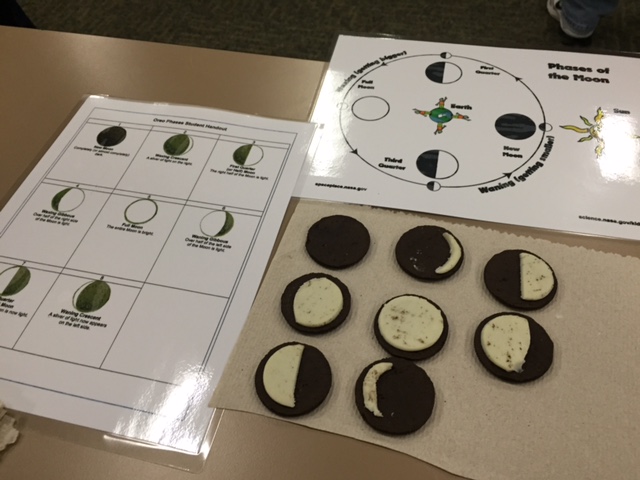
Strategy No. 3: Collaborate.
We started a website to simplify the sharing of ideas and resources and to learn from other educators interested in teaching students about the eclipse. With a zero-dollar budget, but an interest in bringing like-minded educators together, we created a simple site in the summer of 2016 to supplement the SIU Carbondale Eclipse Teacher Resources website. This site allowed us to share our ideas by posting eclipse-related activities and lessons, including those shared by other educators, and help non-science teachers understand that the eclipse offers something for every discipline. We also posted pictures of students engaged in eclipse activities. The website provided a platform for connecting via email with other teachers to announce regional workshops and upcoming webinars that they might find helpful. Through various conferences and our Southern Illinois Schools Eclipse Planning website, we met many other educators, scout leaders, park rangers and librarians, who were interested in reaching out to schools and communities to generate excitement about the upcoming eclipse. School and public librarians have focused on displays, books and a summer reading challenge with eclipse themes. We continue to share ideas and resources.
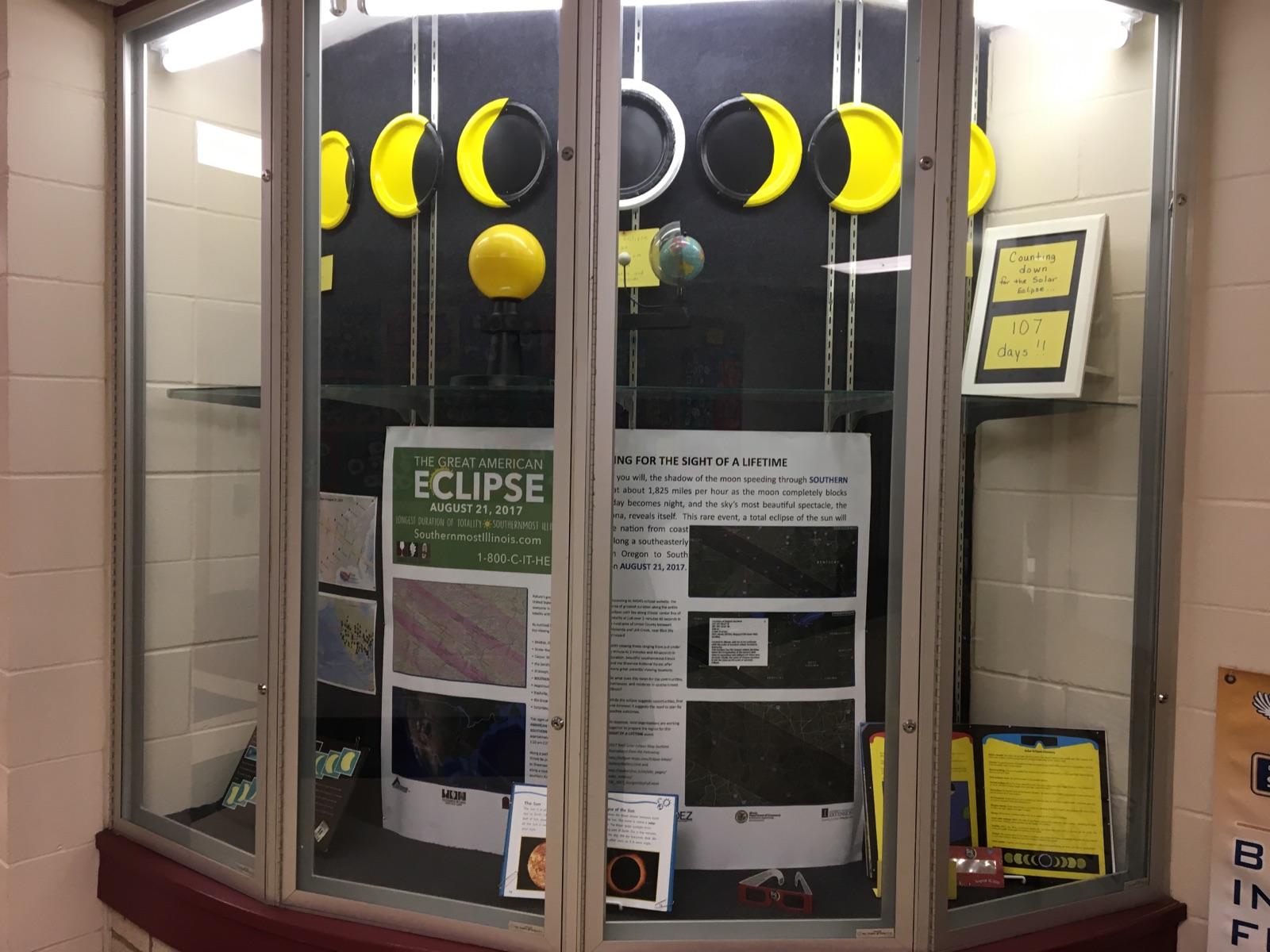
Strategy No. 4: Educate our communities and families.
Many outreach/informational experiences have been made available to parents and community members in addition to students. We distributed fliers with safe viewing instructions and suggested websites to visit, along with order forms for solar-viewing glasses.
The excitement about the coming eclipse prompted us to write a grant to purchase a StarLab inflatable planetarium dome and projection system that is shared by our school districts and larger communities. Having the planetarium available to use with students in our rural schools has been a fantastic opportunity. We set it up at special school event evenings to share space science information with the families of our students.
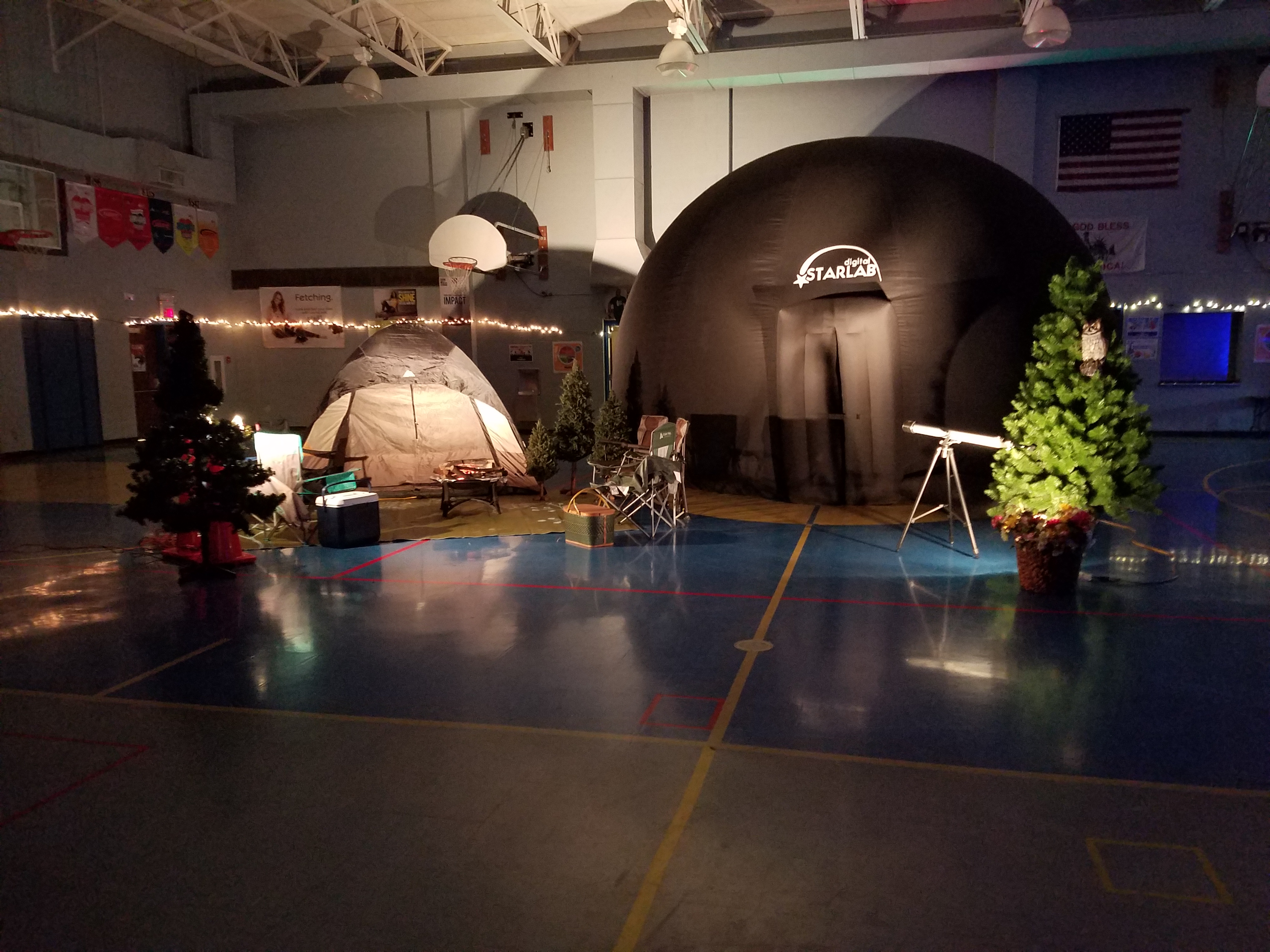
Trico hosted a STEAM (Science, Technology, Engineering, Art, Mathematics) night which included sessions on eclipse education, the StarLab dome and a student-created space science art gallery, among other STEAM activities. This event won recognition from the state of Illinois' Lead, Focus, Connect Conference.
Carruthers School in Murphysboro began an astronomy club for elementary students. Teachers there also wrote a grant to purchase a telescope for students to use. The club hosts weekly "Telescope Tuesday" events that are open to all! [Eclipse Party! 13 Solar Eclipse Celebrations Across the U.S]
Strategy No. 5: Get more people involved.
In addition to encouraging teachers in our schools to incorporate the eclipse into their lesson plans, we have shared what we are doing via informational presentations at local libraries and various conferences. We have presented at the Noyce Midwest Regional Conference held at Kennedy Space Center, SIUC's Science in the South Conference, the Illinois State I-STEM (Science, Technology, Engineering, Math) Conference, the 2016 Annual Astronomical Society of the Pacific Conference, the Cedarhurst PBS Kids Star Party and a neighboring school district’s summer school program.
Our school districts have purchased certified safe solar-viewing glasses to give to all students and staff members and have made additional pairs of the school-district-themed glasses available for purchase to others in the community. Local business people, including a local optometrist, volunteered to make financial donations to help offset the cost of providing free glasses to our students.
Preparation of our students as "Eclipse Ambassadors" will come into play on the day of the eclipse because some of the students will be watching the eclipse from home with their families and neighbors. For example, because of its proximity to Carbondale and major highway intersections in the area, the Murphysboro School District administration decided not to have school on Eclipse Day, citing significant traffic and heat concerns for bused students. So, the forethought to include lessons on the eclipse throughout the previous year will be advantageous to our students. Teachers will only need to review and emphasize safe viewing practices with our students in the few days they will be in school before the eclipse.
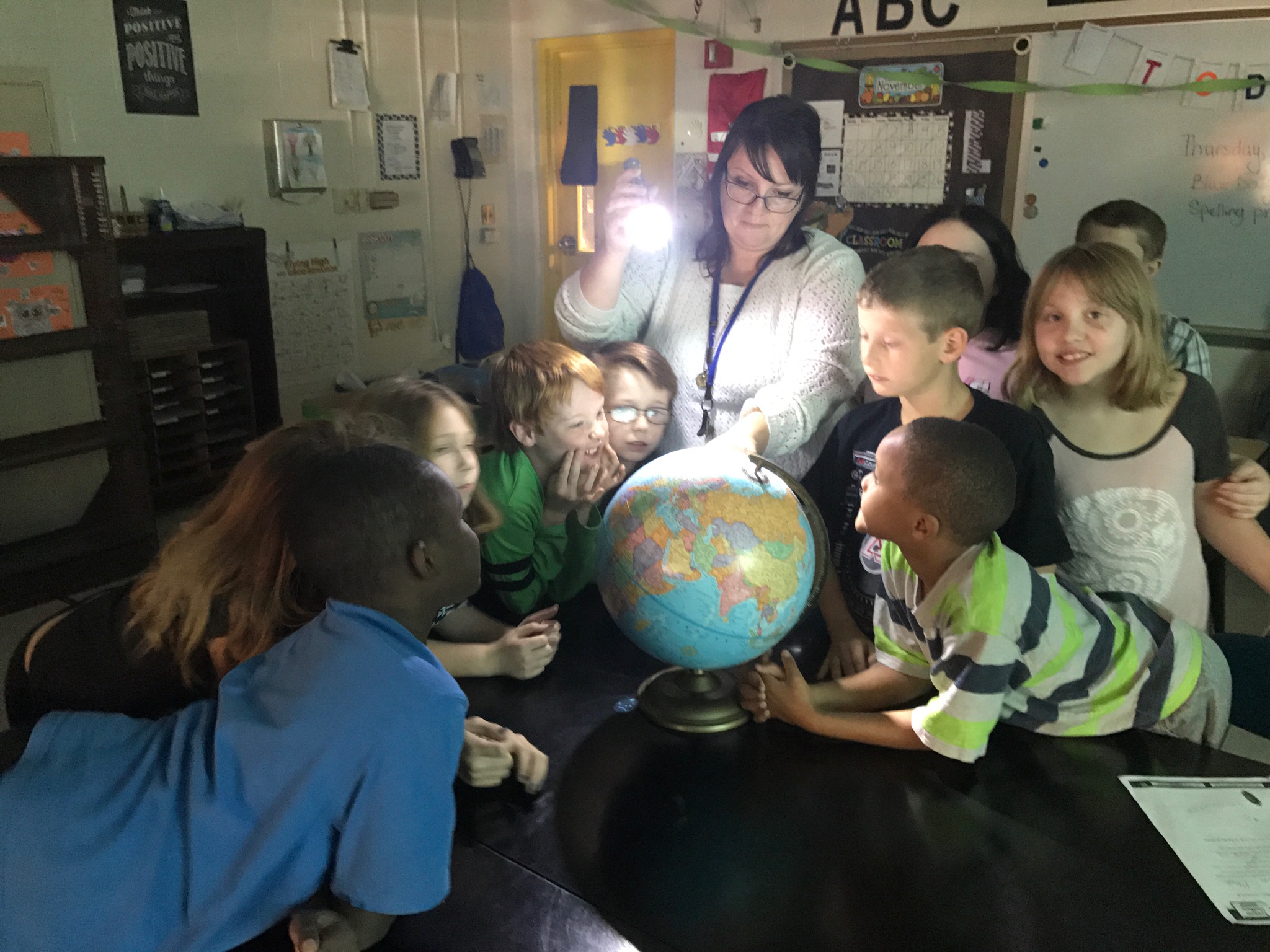
Trico, on the other hand, is in a more rural area of Southern Illinois where traffic is not anticipated to be an issue. The school will be in session there, and teachers have been planning an Eclipsapalooza for the school and the community. Trico elementary, junior high and high school teachers have gone above and beyond to hold fund-raising events to offset the costs of the day's events and custom shirts. Eclipsapalooza will include a broad range of indoor and outdoor activities, including solar observations, space-themed foods, StarLab sessions, cultural eclipse stories by a professional storyteller and writing activities so people can keep a journal about this amazing experience.
One of the activities we are most excited about — aside from experiencing totality, of course — is creating kindergarten-through-fifth-grade-level time capsules on Aug. 21. On April 8, 2024, when the next total solar eclipse crosses right through our location again, our current K-5 students will be sixth to 11th graders and will return to open the capsules with the new elementary students.
Strategy No. 6: Maintain the excitement of the eclipse and help propel students into science careers and hobbies.
No matter how thoroughly we have prepared our students and ourselves, experiencing totality will undoubtedly be more amazing than we could have imagined. The upcoming eclipse has generated incredible interest in space, physics, astronomy and space exploration, and Eclipse Daywill likely leave an indelible impression on all who are fortunate enough to experience it. We realize that this may be a defining moment in the lives of some of our students, helping steer them toward a lifelong passion for space science or a related field. As educators, we would love nothing more than to learn, that years from now, some of our current students have gone on to make space science their life's work.
Follow us @Spacedotcom, Facebook and Google+. Original article on Space.com.
Join our Space Forums to keep talking space on the latest missions, night sky and more! And if you have a news tip, correction or comment, let us know at: community@space.com.
